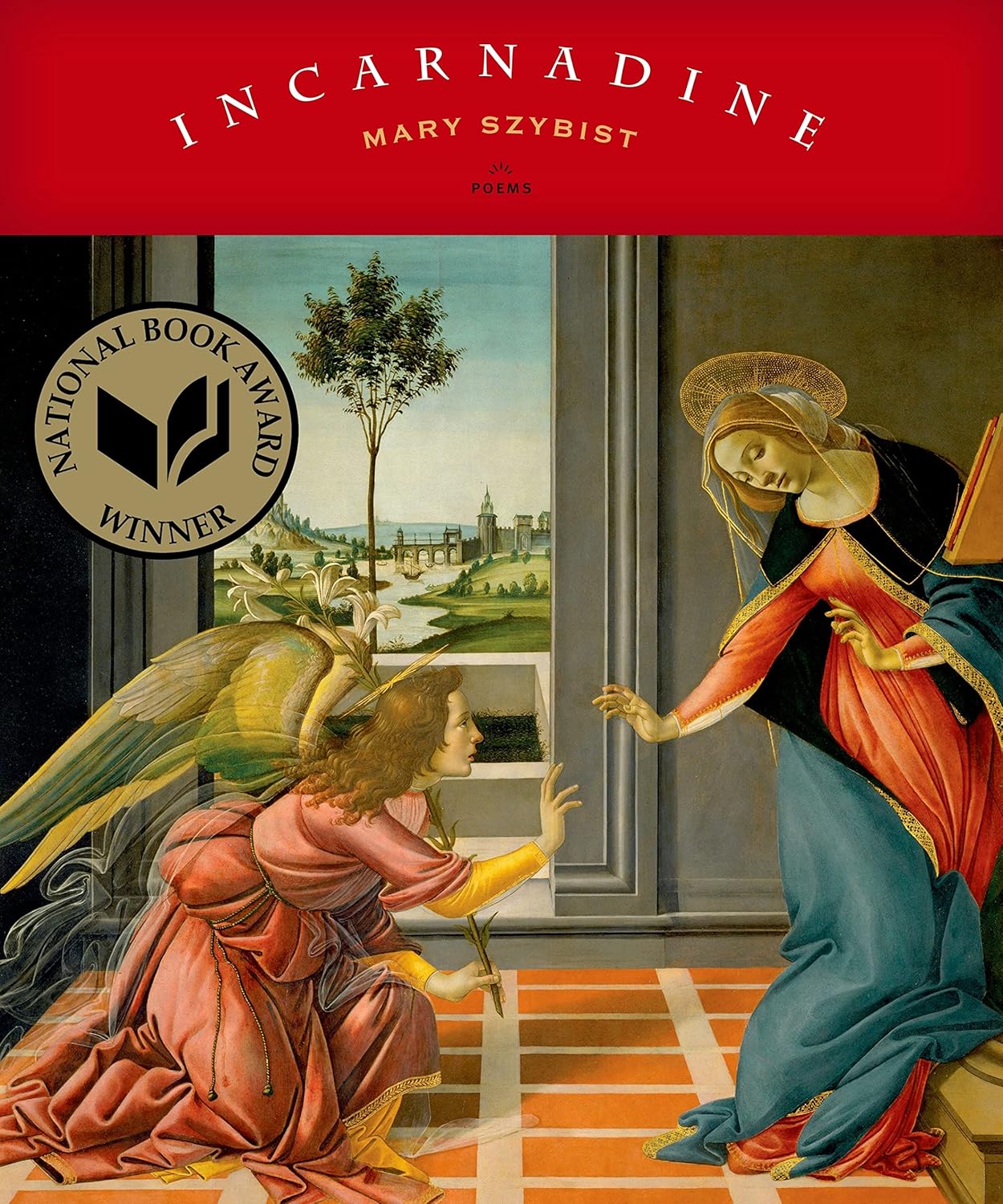Before I express my praise of admiration on this specially selected volume of verse, I must congratulate this poet on winning the National Book Award for Poetry in 2013. It was earned! It is also paramount to exercise my satisfaction in saying that the state of Pennsylvania is, once again, worthy of literary merit because of this passionate and bold sacrifice given by Mary Szybist to her admirers as well as her rivals. Not since August Wilson has my state been so renowned on the journey of fiction, poetry or the stage. Although Ms. Szybist spent her developmental years in Williamsport, Pa: “clean and soft “town that is hardly comparable to the “white smoke and black steam” of the (former) steel mill city of Pittsburgh where I reside, I am compelled to believe that literary motivation is subservient to its inhabitants regardless of geography, as Ms. Szybist impeccably demonstrates.
This work is pruned with a sacramental tapestry of magnificence that the English language is incapable of relishing. Indeed, each poem is a clandestine oracle of determination, fortitude, truth, and for the appreciation and preservation of faith. I incessantly continue to grasp their meaning and speculate on their refulgence of character; Anne Rice says that “style is for me the circulatory system of any book.”
What a gracious way to describe this work! This “style” of verse is cosmologically unlimited; it is strewn with restless yet cogent imagery that transcends the reader to the ripest spirit. Candidly suggesting, this composition is a dreamy version of the Italian Renaissance in verse! I’m continually astonished by the results of the expressions of power, emotion, intensity, and lyrical loveliness that the poet demonstrates through her color and arrangement of such highly exquisite and personal struggles that are performed on paper. It is almost a “visual” juggling act of faith, grace, grief, love, and the victory of the human spirit, or Mary herself that begs the reader to look deeper into the mystery of divine providence.
There is also an eclipse of grammar, mechanics and syntax that is in force that the poet uses to illustrate her metrical cohabitation with the architectural infrastructure of her subjects. In the poem, “How (Not)To Speak To God “she astutely, by using words, paints the rays of a sun that demand our contemplation of infancy and death, time and eternity. (One can “feel” Mary’s own inquisitive role of motherhood.) There is another that attains the complexity of a diagrammed sentence which, to the refrain of my observation, is slightly juxtaposed to the author’s own intentions and my interpretations. Freshly chiseled time and space has this project bequeathed to poetry; its angelic and radiant matter provides tumescent chemistry and illustrious conviviality to the reader. While this fresco of verse shifts on the ETERNAL waves of human consciousness, it begs to reason with doubt and indeterminacy.
© 2024, Mark Grago. All rights reserved.





